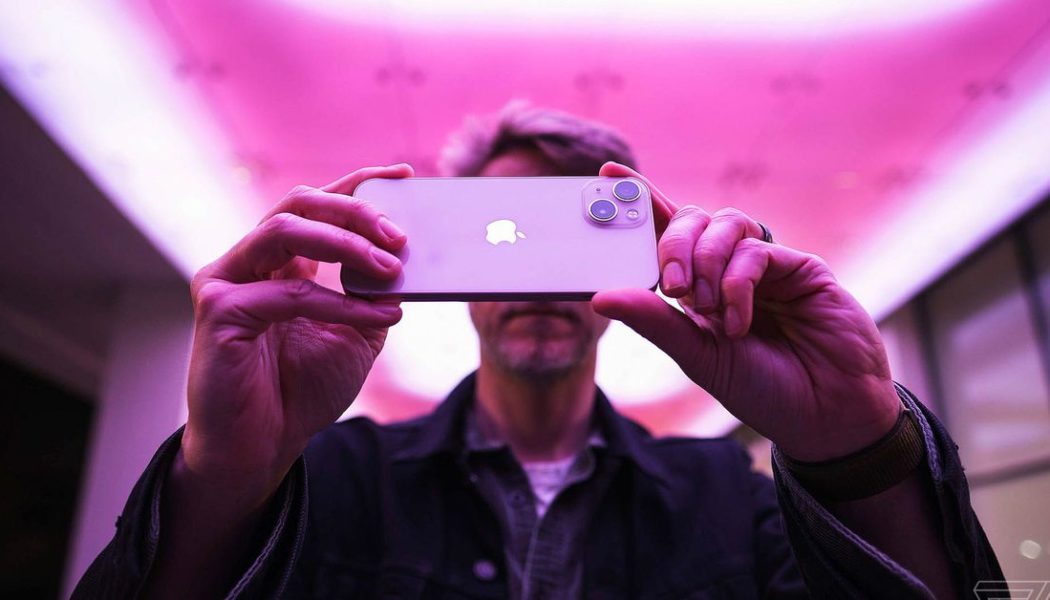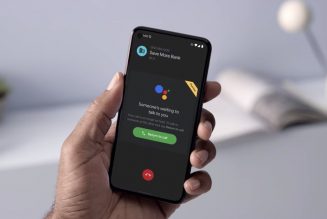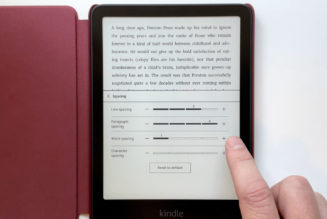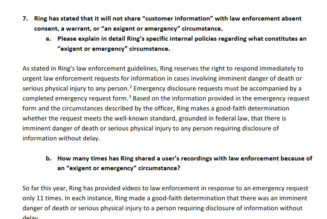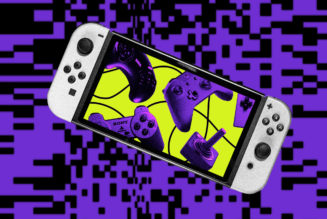
Apple’s WWDC 2022 announcements lacked big, splashy new features, and Siri was largely MIA. But in the absence of Apple’s virtual assistant, we got a lot of small but potentially meaningful software updates centered around a very real individual: you. And me. Developers know us as “end users,” but we’re otherwise known as humans.
Humans are different from end users, because we forget words, make typos, and accidentally hit send on an important email before it’s ready. Humans also have individual personalities and strong opinions about typefaces, and we’d like it if the devices we carry around 24/7 reflected that a little more. Historically, Apple has preferred to keep a tight grip on every aspect of its devices, from how they look to the way humans are allowed to interact with them. This year’s WWDC gave us a glimpse of Apple softening that grasp just a little to acknowledge the humans on the other side of its product pipelines. It’s a welcome development, but don’t be mistaken — Apple isn’t handing over too much control.
For starters, Macs, iPads, and iPhones will be more forgiving of the mistakes we make. The Messages app on all three platforms will allow you a 15-minute grace period after you send an iMessage to correct typos or undo send altogether. Likewise, Mail will let you recall an email within 10 seconds after pressing send. Search within the Mail app is also getting an update to correct typos and use synonyms, because words are hard sometimes.
Apple also has a tendency to insist on its products being used a certain way, sometimes ignoring the reality of how humans actually want to use its products. Remember all of the years we spent tapping on our iPhone’s alarms as nothing happened because Apple wanted us to tap “edit” first? Apple finally relented on that one in iOS 15.
This year, it’s acknowledging another reality: that we can’t always reply to a text or an email the minute we read it, but we don’t want it to disappear into a sea of message threads. Rather than hacking a workaround like pinning a text thread to the top of your screen, Apple will let you mark a text as unread, essentially letting you set a little reminder flag to send a reply. Mail will also move sent messages up to the top of your inbox for follow-up — because our inboxes actually double as to-do lists. That’s not what an email app is really for, but that’s how we use it.
Apple has also been reluctant to let iPad owners use their devices the way many want to: as laptops rather than giant iPhones. That’s not really going to change anytime soon, but the company has made a substantial concession by adding Stage Manager to iPadOS, making it possible to open and resize multiple windows for a more desktop-like experience (literally — it’s a macOS Ventura feature, too). There’s a long list of other iPadOS updates, too, many of which sound minor but actually make a difference if you’re trying to use an iPad as your primary computing device — like navigation buttons in the Files app and the ability to change file extensions. And for Pete’s sake, it took this long but at least there’s finally a Weather app on the iPad!
Introduced right at the top of the keynote, Apple’s most obvious nod to the humans using its phones was the addition of lots of lock screen customization options. You can change fonts, choose new colors, and add widgets to the lock screen. Here’s where you might be inclined to get out your personalized stationery and write a letter to The Verge Dot Com to yell at me that Android phones have been able to do all of this since forever. Rest assured, I know. Maybe Android 12 is rubbing off on iOS a little. I don’t think that’s a bad thing for anyone involved. And a revamped lock screen is a far cry from the system-wide customization options offered by Google’s Pixel phones and Material You. Even the new M2 MacBook Air colors have an air of reservation about them that’s fun but not too fun.
But even after all of these human-centric improvements arrive, you’re still living in Apple’s world. Even with the new personalization options, the device will “remain undeniably iPhone,” as software SVP Craig Federighi put it. Apple is putting more flexibility into its software and more control in the hands of its users than ever before, but it’s all very much still on Apple’s terms. It will make concessions, like adding multitasking features to iPadOS, but to go so far as a true desktop experience on a tablet? Highly unlikely. There’s a little more you in these latest updates, but it’s still undeniably Apple.
